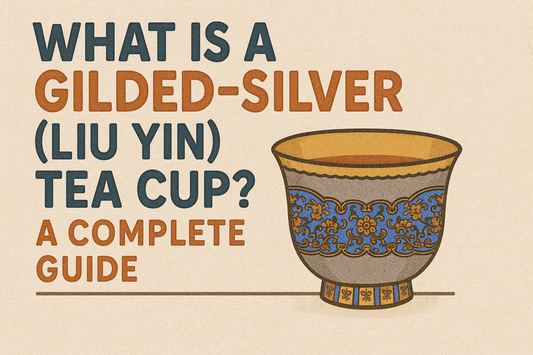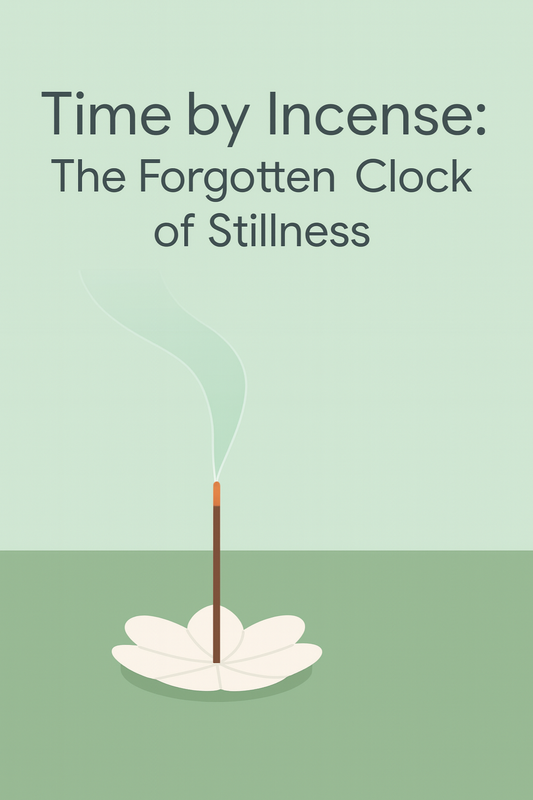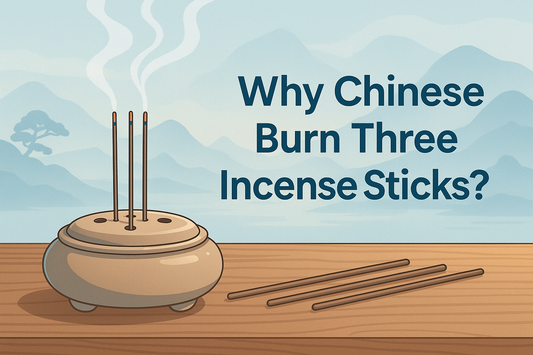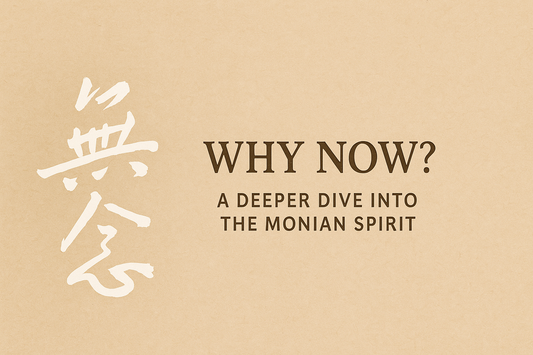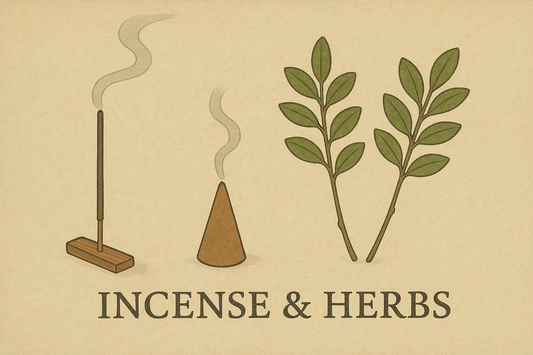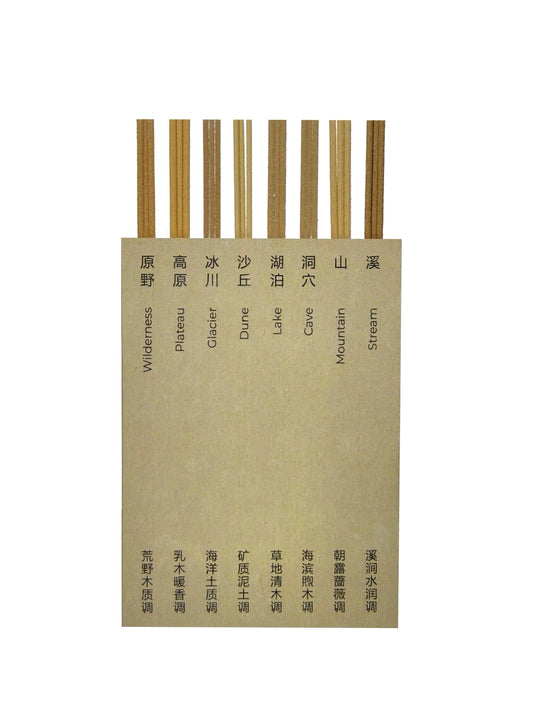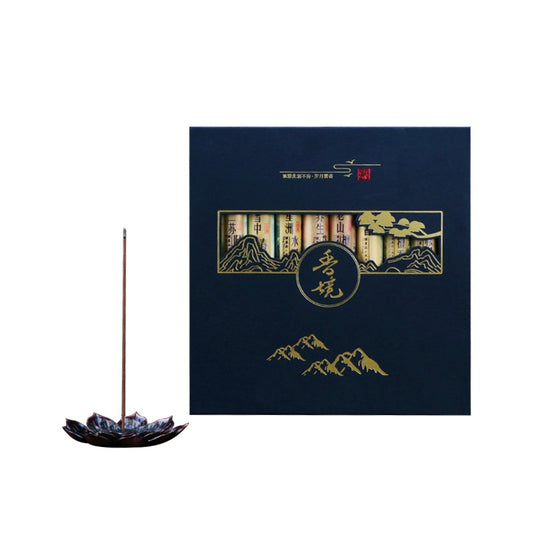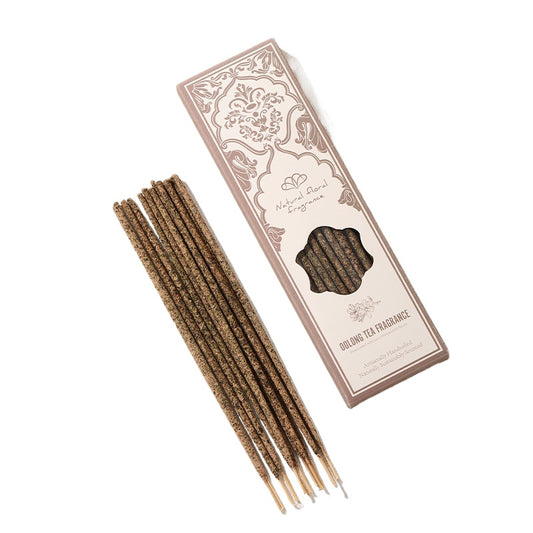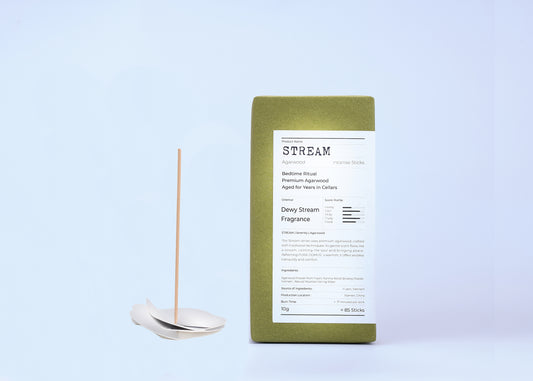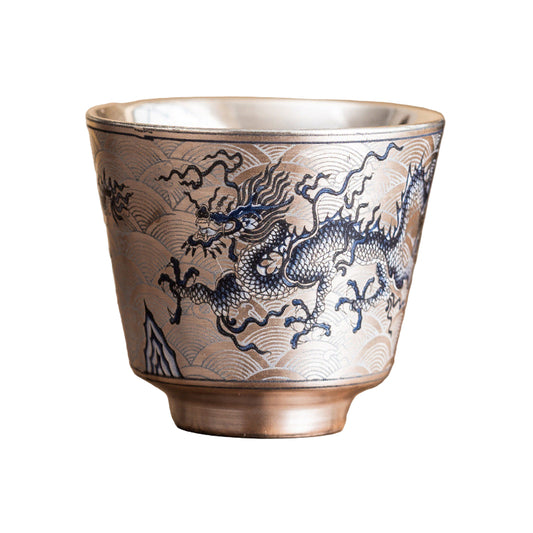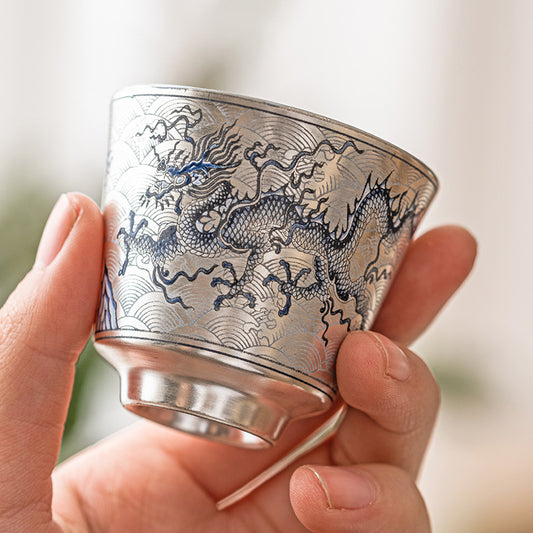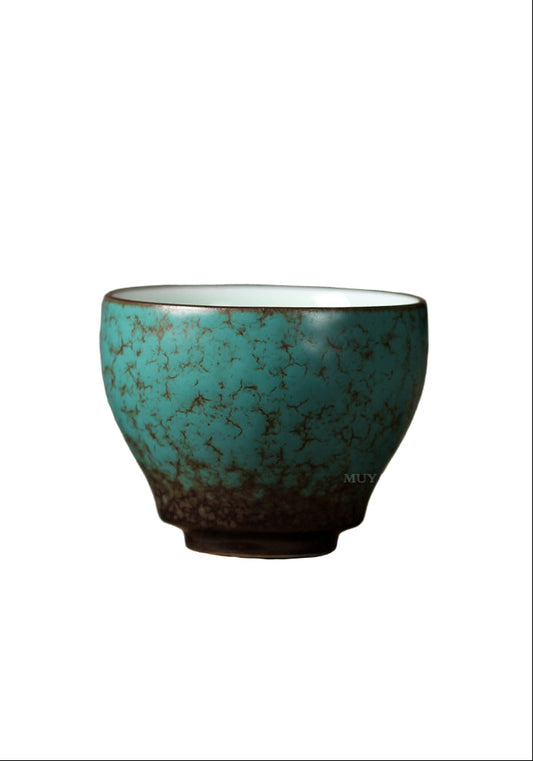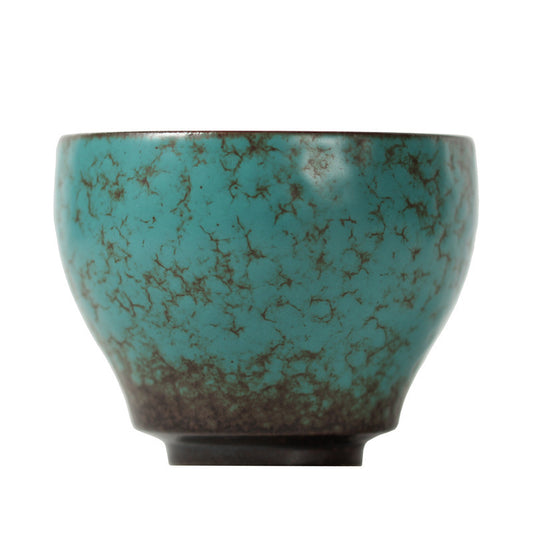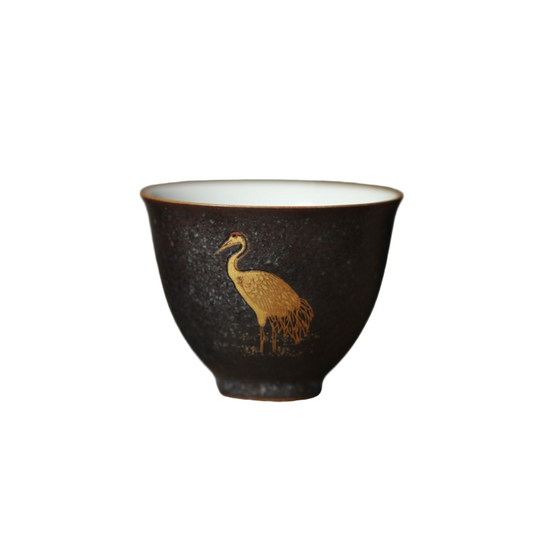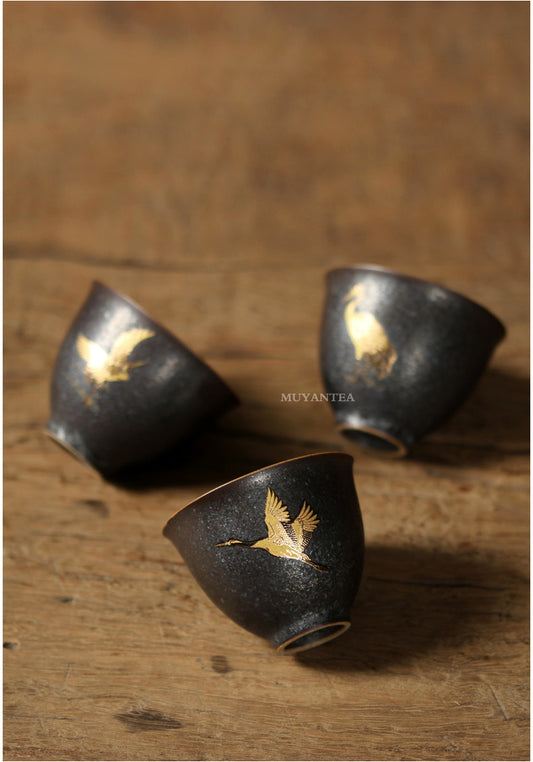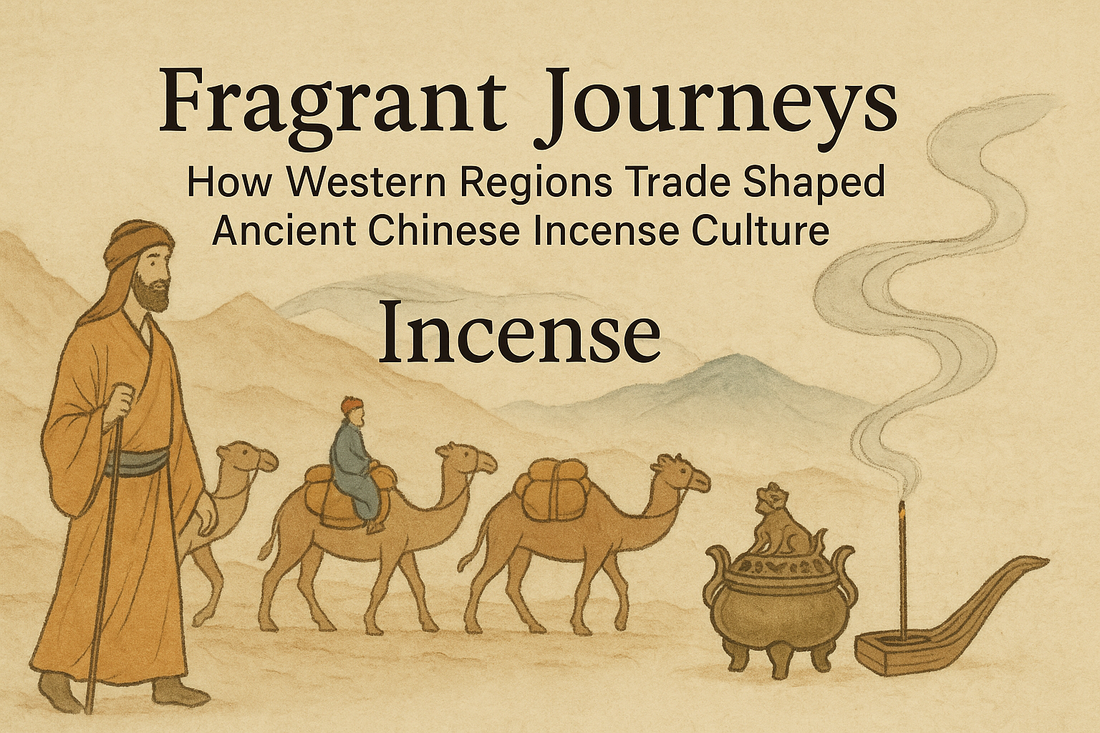
Fragrant Journeys: How Western Regions Trade Shaped Ancient Chinese Incense Culture
Incense Sticks Under the Trade Between the Western Regions and Ancient China:
A Fragrant Journey Through Time
The Call of Fragrance and the Confluence of History
Hello, fellow incense enthusiasts! I'm Chris Chen from Monian. Today, I want to talk about a topic rich in fragrance and historical depth: the profound impact of trade between the Western Regions and ancient China on the culture of incense sticks and incense burners. Since ancient times, fragrance has played a pivotal role in Chinese culture, serving not only as a medium for rituals and spiritual practices but also as an indispensable part of the literati's life. However, this fragrant legacy has been infused with new vitality through countless cross-mountain and river trades. So, how exactly did these spices from the distant Western Regions transform Chinese incense culture and usher our incense burner culture into a new era? Let's journey through time together to explore this intertwined story of fragrance and history.
Emperor Wu of Han's Expansion and the First Encounter with "True Fragrance"
The story begins with Emperor Wu of Han's large-scale territorial expansion. This ambitious and visionary emperor, in his quest to expand his dominion and consolidate national power, turned his gaze towards the distant Western Regions. It was due to his pioneering spirit that the "true spices" originating from the Western Regions were introduced to China during this period. These exotic spices, such as frankincense, myrrh, and benzoin, brought with them a rich foreign flair, greatly enriching the selection of Chinese incense products at the time and injecting unprecedented vitality into an incense culture previously dominated by local ingredients. This was not merely the introduction of spices but a collision and fusion of cultures, laying the foundation for the future development of Chinese incense practices.
A "New Stage" for Incense Products and Burners: Liu Xiang and the Transformation of Incense Culture
With the introduction of Western Region spices, the way incense products were used also began to change. According to Volume 35 of Shuo Fu, citing Song dynasty records: "Liu Xiang was a contemporary of Emperor Xuan. From then on, incense products were paired with incense burners, ushering Chinese incense affairs into a new stage." This statement highlights the importance of combining incense products with incense burners. Before this, incense might have been primarily burned or worn, but the emergence of the incense burner provided a perfect vessel for the slow release and lasting preservation of fragrance. The incense burner became not just a tool for burning incense but also an art form, its shape, material, and ornamentation carrying rich cultural connotations, complementing incense products and jointly opening a new chapter in Chinese incense culture.
The Fragrance of the Elite: The Value of Incense in the Late Han and Three Kingdoms Periods
However, from the introduction of Western Region spices by Emperor Wu of Han until the Three Kingdoms period, spanning over three hundred years, the use of incense remained largely confined to the imperial court and the upper aristocracy. It was extremely precious and rarely accessible to ordinary people. This fragrance from the Western Regions was a symbol of status and prestige. Cao Cao, Emperor Wu of Wei, once wrote to Zhuge Liang, gifting him "five catties of 'chicken tongue incense' to express a subtle sentiment." This record vividly illustrates that incense products in the late Han and Three Kingdoms periods were extremely valuable gifts. Their worth was comparable to gold and jewels, used not only to express feelings but also as an important means to maintain relationships and assert power. This also indirectly reflects the high concentration of wealth and class stratification in society at that time.
The Trade Route: A Microcosm of Culture and Society Behind Spices
The introduction of Western Region spices not only enriched the variety of incense products but also hinted at the development of foreign trade and cultural exchange during the Han Dynasty. The opening of the Silk Road not only transported silk and porcelain but also brought various precious spices to the Central Plains. These spices, as "extremely valuable" commodities, their circulation also reflected the distribution of wealth and class differences in society at that time. At the same time, the introduction of spices also promoted the understanding and absorption of foreign cultures in the Central Plains, and fragrance became a bridge connecting different civilizations, silently telling the story of trade and exchange.
The Evolution and Popularization of Incense Sticks: From Exotic Treasures to Daily Elegance
Over time, and with the gradual stabilization of spice sources, incense products began to move from the aristocratic class to the common people. The emergence of incense sticks, in particular, greatly promoted the popularization of incense culture. Incense sticks are simple to make, burn steadily, and are easy to carry, allowing ordinary people to enjoy the pleasure brought by fragrance. The introduction of Western Region spices provided more diverse options for the production of incense sticks, making the fragrance types of incense sticks richer. And the incense burner, from its initial role as a heavy ritualistic vessel, gradually evolved into more diverse forms to adapt to the burning needs of incense sticks, becoming an indispensable elegant item in daily life.
Conclusion: Fragrance Continues, Cultures Intertwine
Looking back at this history, the trade between the Western Regions and ancient China not only brought precious spices but also profoundly influenced Chinese incense culture. From its initial exclusive use by the imperial court to the later popularization of incense sticks, the fragrance has traversed thousands of years, becoming a unique landscape in Chinese civilization. It has witnessed the prosperity of trade, the intertwining of cultures, and humanity's pursuit of a beautiful life. Today, when we light an incense stick and watch the wisps of smoke rise, perhaps we can also feel that fragrance from the distant Western Regions, and the profound historical and cultural heritage it contains. This fragrance will continue to extend through the long river of time, telling the eternal story of cultural intertwining.
References
[1] Shuo Fu, Volume 35
[2] Cao Cao's letter to Zhuge Liang


